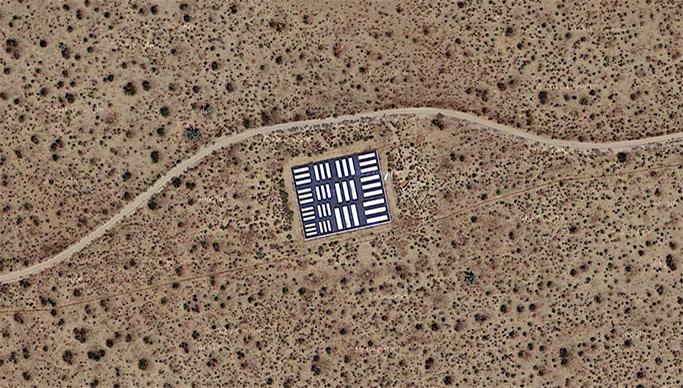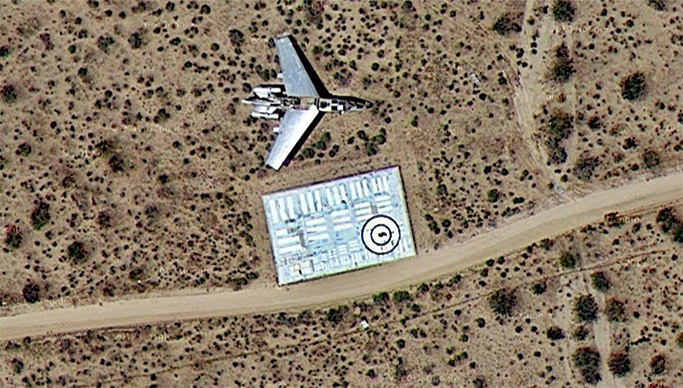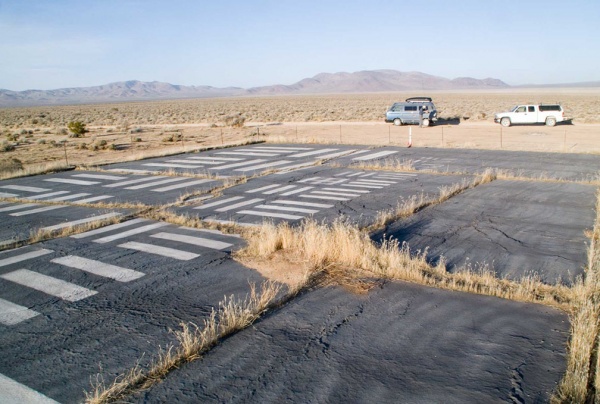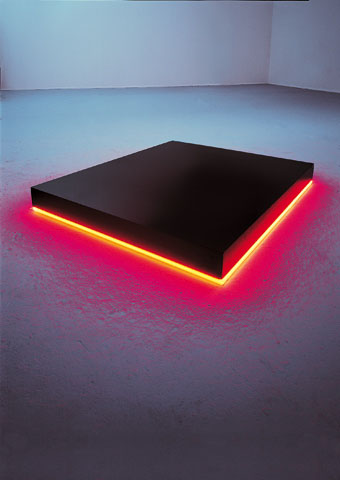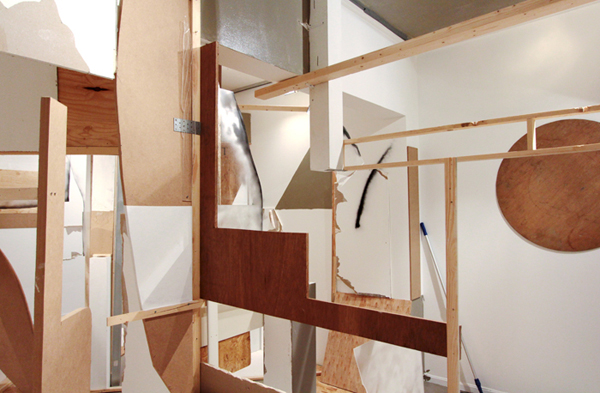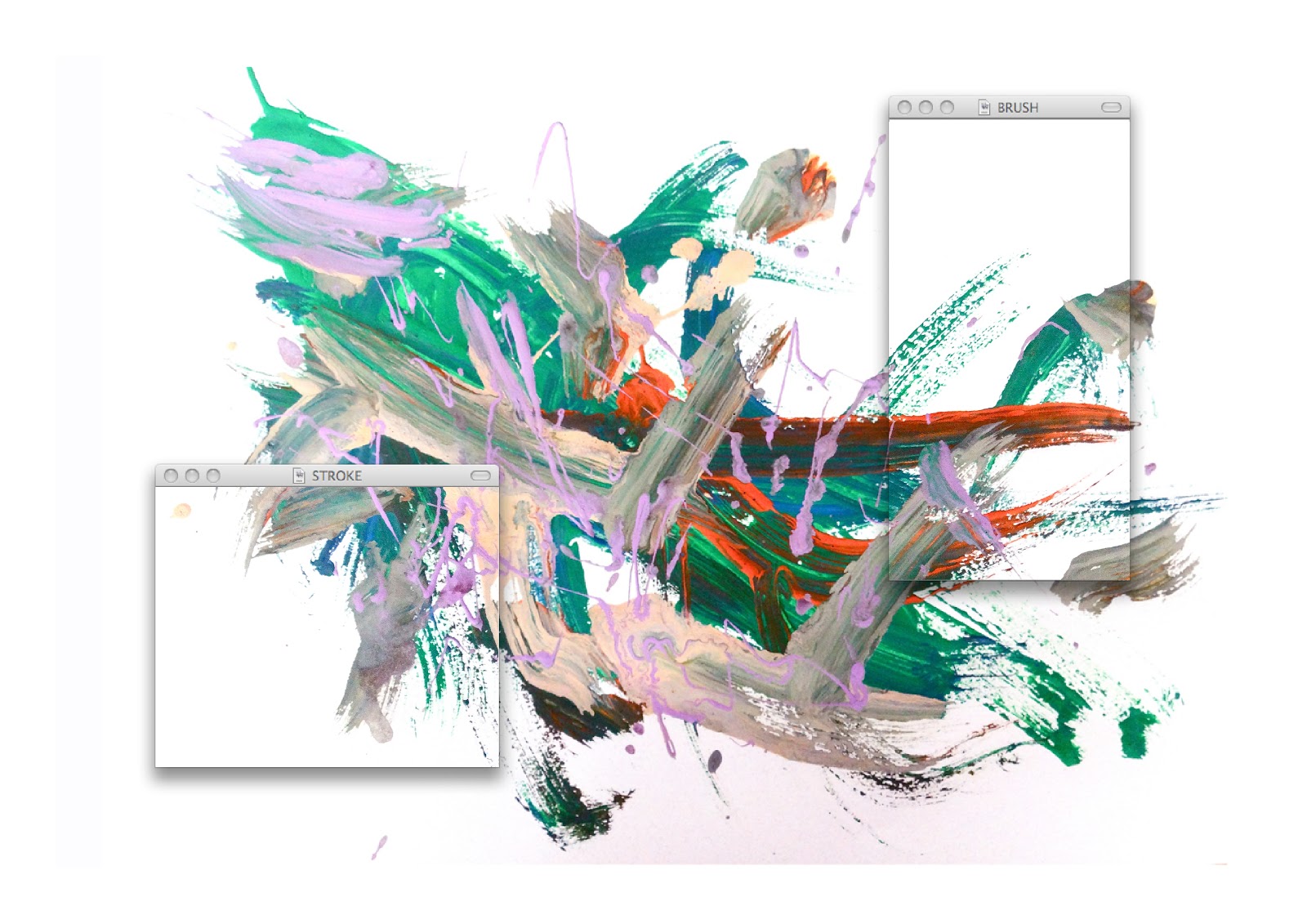![]()
Scandal Aqua - Thrill Seekers Leaked — Ecstatic Surface Collection 2013
“Totalitarian, decadent, monstrous and sexy” this is how Pinar Demirdag and Viola Renate describe their aesthetic. The two girls form an independent design studio based in Amsterdam called
Pinar & Viola. They create hyper detailed surfaces, made of digital collages and ornamented by excessive and sparkly embellishments.
I met Pinar in a café in Paris. Viola was unfortunately busy. I discovered a very intelligent and serious girl with a very cute Turkish accent. This is actually one of the first times that an artist was so clever in answering my questions and so good at explaining the meaning of her work. She knew exactly what she was saying. No bullshit. Before meeting her, I was already a fan of
Pinar & Viola aesthetic; I loved their avant-garde vision and very girly style. I discovered while talking to her, that their work was not only about aesthetics but was also about social criticism. For an hour, we talked about kitsch, politics, social anthropology and fashion. See more;
▼ Read the interview ▼
Dora Moutot (DM) interviews Viola Renate from Pinar & Viola (PV)
DM: To me you're a bit like a new digital girly version of Pierre and Giles. Take it as a compliment!
PV: We don’t considerer ourselves as a new version of Pierre & Gilles even though we have similar aesthetic. We prefer the comparison with artists duo Gilbert & George. They do not only work on visuals, they are also political graphic activists. Just like us.
DM: So what is your work about? Kitsch and politics?
PV: Our work is about presenting criticism in a golden package. We intend to bring back the value of ornamentations. We create conceptual ornamentations. We work on surface and the surface is the message. We believe in luxury and we think that we should not deny the pleasure of extreme decadents. We believe in the power of opposition, in clashes, in tensions. We’re inspired by folk amateur aesthetics. Without following rules, the very guanine and the very fake inspire us. Most designer tries to apply an “elite style” and we wanted to try to get away from that.
DM: How do you work together? Who does what?
PV: We have the same role, it’s not like I make the design and she’s the assistant. We’re two but most of the time we use the help of other people. We take them in! Interns, PR, video producer… Our work schedule is: replying emails, answering interviews, teaching, giving lectures, researching and creating. The research for the concept takes a lot of time. We divide tasks. We work separately and when we believe it’s presentable to the other one, we put our work on the wall and we have a look together. Usually then we exchanges our files and the other one finishes the work of the other. But when we started, we didn’t do it like that. We were seating in front of the same computer for hours! But really, the research part takes so much time! We just get lost on the Internet.
DM: I know what you mean by getting lost online! I can relate to that!
PV: And we love it! It’s our favorite hobby. That’s what we do on your Sundays.
DM: Where do you get lost online?
PV: On stuff, it’s crazy! Most of the time, we find interesting things on Google image search. We type in whatever! Which leads us to a website, then we read an article which leads us to another blog. Or sometimes we get lost on Tumblr and we go from one Tumblr to another…you know how it works!
DM: Yeah and then you spent 5 hours and it felt like a minute!
PV: It’s amazing! If I had my computer, you would see all the different windows open with of all sorts of websites, blogs about fashion, art, news. I probably have like 60 different bookmarks! We built an entire library of images.
DM: So, do you use images from the Internet in your work or do you shoot stuffs?
PV: Both! For some videos, we have to use copyrights. We also organize professional shootings with models and make up artists. But we also believe in taking from the Internet. We don’t really believe in copyrights whatsoever!
![]()
DM: Me neither. It doesn’t really mean anything anymore with the Internet...
PV: Yeah I even believe it’s archaic! We believe in taking from the Internet and giving it back to the Internet. For example, in one of our last work, called Aqua, the guy is a model. We shot him, we spent months to find him and we commissioned a stylist. This guy is a bit Italian, a bit Turkish, a bit French…
DM: Yeah you don’t really know where he comes from when you look at him.
PV: He’s just handsome and corrupt! We do most of the graphics or sometimes they come from the Internet but are totally manipulated by us. We almost nether use things like we find them.
DM: Do you think you would have the same aesthetic without working together?
PV: Not at all! My aesthetic was dramatically different before. I only used illustrator and didn’t use Photoshop! I was more into typography. Viola was into Photoshop. She had a very chaotic style, not structured at all. But in a nice way!
DM: A lot of your recent works is about interacting with people on the Internet. For example with the panda photo booth and the love message service! I signed up for the love message service by the way!
PV: Ahaha Great! Did you receive any love messages?
DM: Yes I did! I even told my single friends to sign up! So yeah, why do you want to interact with other people through your art?
PV: With social medias, I believe it’s kind of impossible to claim yourself a contemporary artist without interacting! Of course you can choose another medium and it’s your choice but our medium is digital. We live in the digital environment. We also think that the Internet should be free fun! We have free fun on the Internet, so why don’t we create free fun if we can?
Most of our work rises out of a contemporary happening, a contemporary desire. Internet enables us to be optimum all the time. I just downloaded this Parisian metro map and I could get here to meet you so easily! Everything is getting more and more easy and free. So if we are inspired by the contemporary world, this is what we get inspired by and this is what our work should reflect. This love message service is a reaction to… well let me explain. Last year we were assigned to talk about optimization on the Internet. While researching for that class, we discovered that there are services where you can “buy” a fake girlfriend who will write on your Facebook wall.
DM: I read about that. Isn’t it genius?
PV: Yes it is! It makes all your friends jealous. This was a total inspiration! And we thought, how can we put in on the next level, and give a certain level of criticism? So we made this very eccentric and tacky aesthetic for the homepage of the service. The guy will send you 10 messages. We created a real boy, very glamorous who writes to you in a dirty sweet language. But when you look closer and pay attention, you’ll see that the lover has a snake tattoo…
DM: Oh I see…I get it!
PV: It’s about ambiguity. For the panda photo booth, it was a reaction towards transparency and anonymity. Internet is transparent, “I just checked in, I just checked out”. We believe there is a real need and demand for opacity on the Internet. Opacity in the new cool. The panda is a reaction to that.
DM: Because you can hide!
PV: Yes, but you’re still sweet! You’re a cute panda. I believe that if you want to go against something by saying, “you suck”, you cannot make a conclusion and nobody will listen to you. If you make things more fun, then it’s fine to be against things!
DM: The Panda photo booth was created for fashion stylist Nicholas Formichetti right?
PV: Yeah we are currently in contact with him! He asked us to design patterns for Mugler’s upcoming collection; we were totally ecstatic about it!
DM: Wow! That’s awesome!
PV: But then he decided to change the design direction. We were so sad!
DM: Seriously! I don’t really like what he does at Mugler right now. His work at Dazed and Confused and at Vogue Homme Japan as a stylist was sick tough! But it sounds like a huge mistake to me, to not take you on board for the collection.
PV: You must give credit to the zombie technology Mugler collection! It was CRA-ZY!
DM: Your work is related to fashion. You already created patterns for different brands. Would you considerer doing a Pinar & Viola fashion collection?
PV: Our works stands in between a lot of things: social anthropology, fashion design and art. Fashion is a direction we would like to go more and more but we don’t considerer ourselves as fashion designers. There are so many masters in the world and our aim is to be the best at what we do. I can’t exactly pinpoint what we do, a combination of these things but I rather work with someone who’s best in their own job, best at designing fashion in this case. I’d like to design the patterns but also design the whole visual experience, the catwalk etc. If everything goes right, we will open the Amsterdam fashion week in September, with an Amsterdam based French duo called Maryme-JimmyPaul.
![]()
Skeumorph — Pattern design for the fashion label This is Chorus
DM: Would you like to work with someone in particular?
PV: We would die to work with fashion designers Victor &Rolf! We always admired them!
DM: What about the net art scene? Is there any people you admire or you feel related to?
PV: It would be a lie if we said that we are not related. We have similar fascinations but we’re totally allergic to already exciting overdone trends and I’m afraid the Internet has the tendency of making people copying each other. But yes, we have similarities because they look up to contemporary youth so it’s impossible to not have a similar approach and certain subjects repeating it selves. But the very execution of the work is dramatically different. We’re not spending 2 minutes on framing a Tumblr image and then calling it art. It’s unacceptable to us. We’re allergic to dolphins, palm trees…
![]()
Fabio, a.k.a Mr. Romance — Artwork for BULLETT Magazine
DM: To seapunk?
PV: There is this guy, Zain Curtis (http://teenwitchfanclub.com), we’re online friends, we have total respect for him. This dolphin, palm tree thing emerged from his and his friends minds but anyone who came after him…
DM: Yeah it’s totally crazy how this dolphin and palm tree aesthetic became so popular online.
PV: I have an idea about why people get followed. It’s about having a never-ending passion and desire. And it’s about courage! Most of the time these people are considered by conformists as crazy and by mainstream as cool. I think that people who don’t dare to be crazy enough and to have their own passion find solution in copying the courage of other people. This guy, Curtis, is just a nerd! He does things in his own way.
But…to be honest, ahah, I have a big mouth and I’m saying you shouldn’t copy people but…yeah well, of course you should copy people! When you have nowhere to go, what do you do? In order to find your own personality, you should start somewhere and the first thing I did was to copy.
DM: I discovered your website a few years before Tumblr became this big “kitschy” network and I was so surprised and happy to discover that other people had the same aesthetic than me! How did you feel, when this aesthetic became “à la mode”? Did you see it coming?
PV: We didn’t felt that it was coming but we felt that it was needed. We can’t really say that we have been inspired by anyone in this aesthetic. And then we discovered your website, La Gazette du Mauvais Gout, and we thought that it was intellectual and researched, not only purely aesthetic and we thought that it was really interesting.
![]()
Diva Opaque, Anonymous Guardians of Intimacy — Ecstatic Surface Collection 2012
For example with this “Iraki Swag” you can see online…sorry to put it that way. We made a collection with all these veil ladies, before MIA’s video. We did it for a good reason. It was because of opacity and because of Wikileaks. We did it because of Geert Wilders, this crazy Dutch extremist politician. He’s anti-Muslim. As a Turkish girl living in Holland, I don’t cover my hair but I’m affiliated to this religious beliefs. I was so chocked to hear that if he were chosen, he would charge people for wearing a veil. We had to do something. So the gesture of making desirable women as veil divas and calling it “ Diva opaque, anonymous guardians of intimacy” had a political reason. It was politically engaged! It was a real necessity, instead of a stylish sensibility. After that, we saw that crazy headscarf mania booming.
![]()
Diva Opaque, Anonymous Guardians of Intimacy — Ecstatic Surface Collection 2012
DM: All the designers were doing it. Comme des garcons, Killian Lodo, Dis Magazine!
PV: It spread to the catwalk; students from the fashion school of Anvers were doing it.
DM:
Yeah like Manon Kundig. I interviewed her for Triangulation (here).
PV: It was in the air. With the Arabic Spring. It’s not like we invented it. Fatima Al Qadiri was always busy doing that kind of stuff and MIA was making a reference to Arabic gifs without using veils in one of her video, so it was in the air, but not in the form of headscarves! And then we saw all these designers making meaningless works with beautiful headscarves. When we saw the headscarf editorial on Dis Magazine, something broke inside us but this is how it works!
DM: According to you what is avant-garde right now?
PV: I can’t tell you that! People pay us to tell them. We give advice to brands. We’re in close contact with Nike. But you will see it in our next art collection! It’s not about the Internet. Our collection will be about something quite invisible, yet I know it will be there in 10 years in mainstream.
DM: Can you tell me a bit more about Aqua, your last graphic design collection? As you said, you always try a fantasy scenario reflecting a happening; a sensation or a change, which you believe, will mark the years to come. So please, explain me in which sense this project reflects a sensation that will mark the years to come.
PV: This project is about the media coverage, the over exposure of politicians. Sex scandals. We’re so used seeing Obama on the cover of People magazines. Saying he cheated even though it’s not true. It’s also about politicians having twitter accounts. The line between folk and elite is becoming more and more tiny.
![]()
Scandal Aqua - Thrill Seekers Leaked — Ecstatic Surface Collection 2013
The project is also about social media and the emancipation of woman. With social medias, the border of what woman can do is really stretched; we’re living in the edge of objectification and emancipation of woman. With showing your boobs and your abs online, the question is: it is more about telling the world you can do whatever you want as a woman or is it about presenting yourself as an object of desire? Of course, men also do it, but we wanted to study it from the point of view of a teenage girl.
The scenario we proposed in the AQUA collection is scary. It’s about politicians emerging on teenager’s bathroom towels!
![]()
![]()
Scandal Aqua - Thrill Seekers Leaked — Ecstatic Surface Collection 2013
DM: Do you think it will happen?
PV: It’s a farfetched scenario. It’s not really important if it happens or not but I wouldn’t be surprised if posters of politicians appeared! Probably not as kitschy as we did it, but a simplified version of that, certainly! Some people asked us if the project was about an imaginary politician trying this technique to speak to the youth. So people are already thinking about that! It’s in the air.
DM: Which software do you use? Your work seems to be quite technical to me!
PV: Is it? No! We use Photoshop mainly.We have a video producer who does stuff for us: José Miguel Biscaya (jmbiscaya.com), he’s a wizard! And for the panda photo booth, Hilal Koyuncu (parsons.hilalkoyuncu.com) made the application. And our intern Gui Machievelli (guimachiavelli.com) made our HTLM for the love message service!
![]()
Courtney Stodden — Artwork for BULLETT Magazine
DM: One last word about your work and the wonderful world of the Internet?
PV: Life happens on the Internet! I stay more at the window of my computer than on my flat window. I don’t considerer safari as a bunch of animals anymore. IRL is the replica of the dirty underground streets of the Internet. IRL is the mainstream of the streets of Internet.
DM: I couldn’t agree more!
Interview by Dora Moutot for Triangulation Blog - March 2013
![]()


